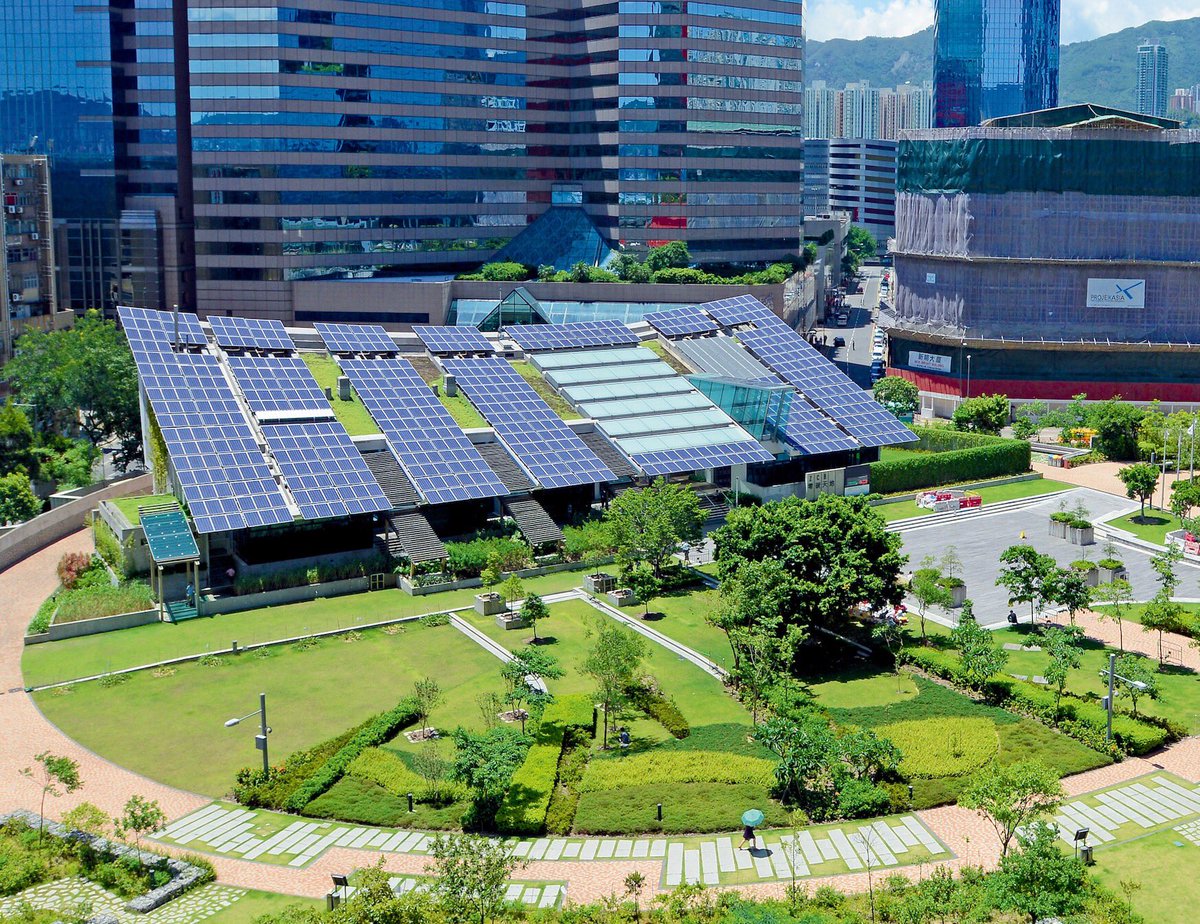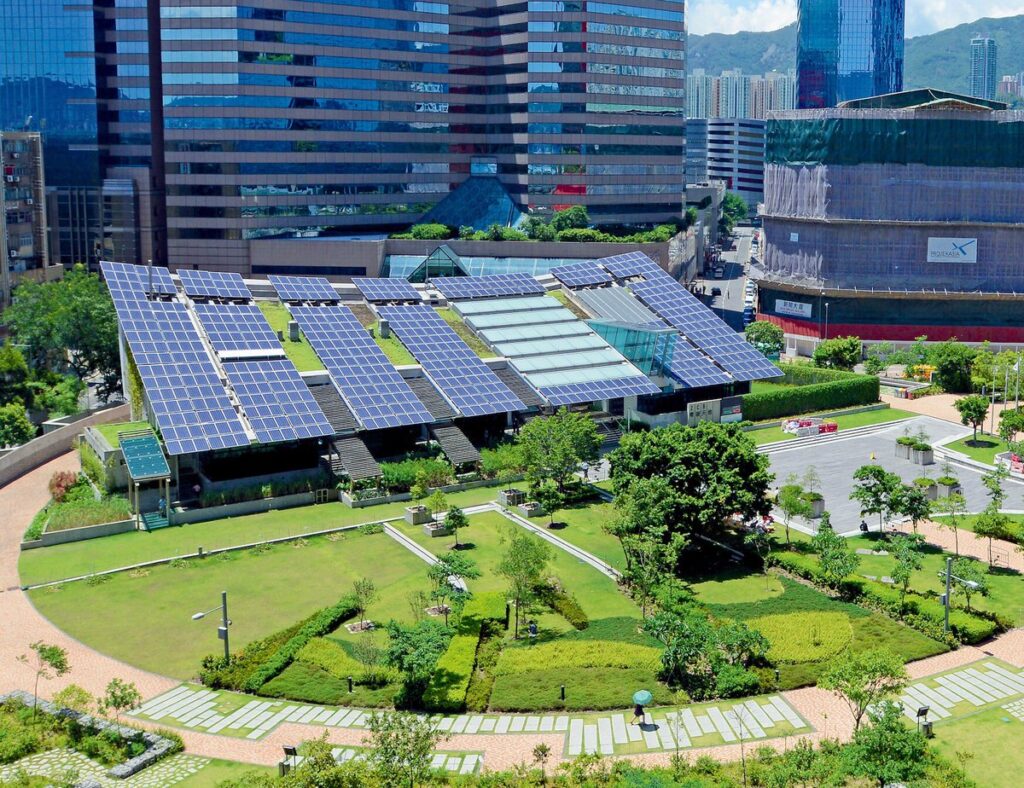Building techniques differ and vary at many points, and it is necessary to consider all factors in order to apply these techniques in the best possible way.
- Choose an optimal location
- Opt for a tailor-made, compact, and efficient project
- Consider an alternative form of housing
- Think about your needs related to different times in your life
- Use circular materials
- Reduce waste and travel on-site
- Ensure good insulation
- Use renewable energy techniques
- Install a smart control system
- Go green
Are you going to build or renovate and as long as you do, do it right the first time? If you want to be ready for the future, you’d better consider several things in the area of space, materials, and energy use. Here are ten tips to keep your project as sustainable and energy-efficient as possible.
1.Choose an optimal location
Are you looking for a building plot or a house to renovate? While researching, keep in mind that the location of the house influences the degree of durability of your home. Think especially about the accessibility of the infrastructures and places where you have to go frequently: your workplace and your children’s school, but also the baker, the supermarket and the sports club. The fewer kilometers you drive, the less impact your footprint will have on the environment. That doesn’t mean you have to live in the heart of the city: Many quiet districts surrounded by greenery are within walking or cycling distance from the city center.
2.Opt for a tailor-made, compact, and efficient project
In addition to its location, the space your home also occupies matters. An intelligent, compact, and modular home is a must if you want to use your living space rationally. Consider first the composition of your family. If you are single or a couple without children, you need less space than a large family. Also take into account your specific needs (profession, hobbies, playroom) and discuss with your architect to what extent it is possible to combine several functions in one room. You will build/renovate more efficiently and at a lower cost.
3.Consider an alternative form of housing
The so-called alternative forms of housing that are increasingly in vogue were, of course, not invented for nothing. The different types are even based on sustainable, compact, and efficient housing. The tiny house is an example of a school, but the cohousing and kangaroo housing projects are based on optimal use of space through shared living spaces and gardens. It is therefore worth considering whether such a form of accommodation is right for you.
4.Think about your needs related to different times in your life.
The most sustainable home is the one you can live in for the rest of your life. Thus, you will not have to build, renovate or move anymore. Therefore, determine your specific needs at each stage of your life in advance. For example, install the bedroom on the ground floor, so that with age you no longer have to use the stairs. If you arrange the children’s bedrooms upstairs using removable partitions, you can remove them to later fit out a kangaroo house or a studio. And in doing so, you will have created an entirely new home efficiently.
5.Use circular materials
A building or renovating in a circular way means in short that you use a maximum reused, reusable or biodegradable materials as possible. And the concept makes sense from the moment you decide to build or renovate. Also, you should make the choice to build only and only if you cannot find any existing house that meets your needs in terms of location and compactness.
Are you still going to build? Ask your architect and your contractor how to insulate your home, for example, with removable panels. But there are also many biological materials made of precious wood, straw, or hemp. Building or renovating in a circular way means that you use a maximum of reused, reusable, or biodegradable materials. The manufacturer produces the modular homes in the workshop, which allows for the direct recovery of all manufacturing residues.
6.Reduce waste and travel on-site
On the construction site too, you can reduce the amount of waste and therefore, your ecological footprint. In this area, modular homes are the most environmentally friendly. The manufacturer produces these in the workshop, which allows direct recovery of all manufacturing residues. Besides, workers only have to go on-site to assemble the modules on your property. Have you not opted for modular construction? Try to use local contractors as much as possible and have building materials delivered all at once. This will limit the number of trips to your site.
7.Ensure good insulation
Your energy consumption naturally has a considerable impact on the sustainability of your house or apartment. Therefore, prioritize an airtight, well-insulated building envelope, starting with the roof, walls, and then the floor. It is only when your house is well insulated that it is appropriate to install a sustainable heating technique and to heat and cool using renewable energy. Because if hot or cold air escapes outside, you need a massive amount of energy to keep the temperature level.
8.Use renewable energy techniques
If you intend to build in a sustainable way, producing your electricity using photovoltaic panels is very advantageous. Besides, different manufacturers expect a breakthrough in household battery technology in the coming years. This would allow you to temporarily store affordable self-generated energy for later use. For your heating and air conditioning systems, heat pumps, solar boilers and connection to a heating network are good solutions. You should also choose energy-saving appliances and recover as much rainwater as possible for your domestic use.
9.Install a smart control system
What’s the easiest way to get the most out of your electricity and other forms of energy? Install a smart home system. With it, you can, for example, directly use the power you generate during the day to run your washing machine and dishwasher. This is the most efficient way, because this electricity otherwise returns to the distribution network, whereas in the evening you have to draw your power from the network. By smartly adjusting your heating, ventilation, and sun protection systems, you also maintain the room temperature at an optimal level. Thus, you consume a minimum of energy to heat or cool your home.
10.Go green
Your garden also influences the sustainability of your project. A golden rule: Plan for a maximum of vegetation and a minimum of hard surfaces. Good plants and a piece of land in the wild attract butterflies, bees, and other useful animals. Which, in turn, promotes the growth of plants in your garden. Have you decided to set up a terrace, driveway, or path? In this case, use a draining material, so that rainwater can infiltrate the soil. You should also plan for a cistern or rainwater tank to be used in times of drought. With a vegetable garden, you will have to go less often to the store to buy fresh vegetables.
If you want to see more useful information about different categories, please visit our website.












